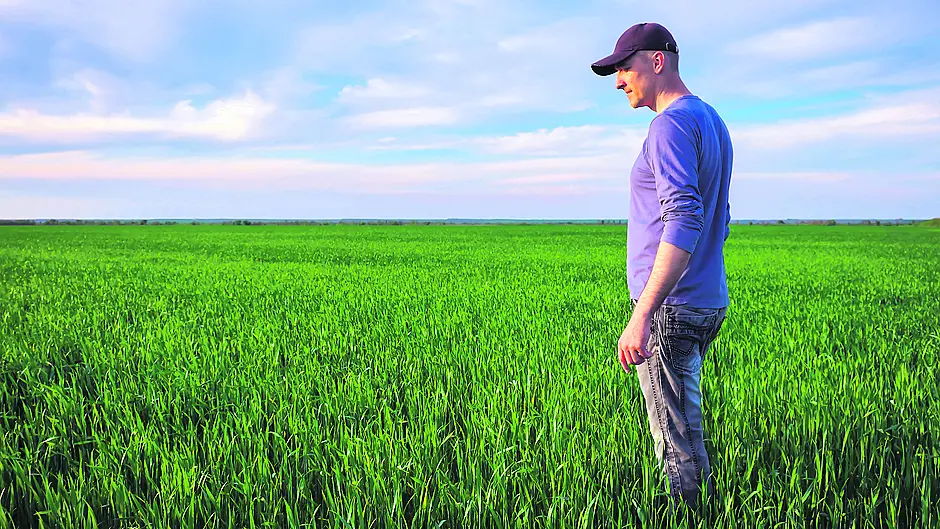GRASS is predicted to grow for the coming week at 89 Kgs DM per hectare. Soil temperature is on average at 12 degrees for Cork.
This means that the farm can move into a surplus situation very quickly.
The farm needs to be walked twice per week to ensure that the grass that cows are going into is at the target of 1,400 Kg DM per hectare. Don’t get distracted with other duties such as preparing for first cut silage etc.
This has to be done too, but managing your grass when it is growing so fast needs to be top priority.
Grass that is stronger than 1,400 will get stemmy very quickly at this time of year.
Grazing this type of grass will lead to a reduction in performance of the animals in terms of milk yield and liveweight gain.
Poor quality swards have more stem and are less digestible. The difference to dairy farmer is a 5% drop in milk solids (worth about €420 per week for 100 cows).
The difference for a beef farmer is 0.2 Kg/head/day in liveweight gain (worth about €175 per week for 50 cattle).
Grazing strong grass also means that paddock will take longer to graze and the paddocks ahead of you will get even stronger.
These paddocks are difficult to graze out correctly and will also be poorer in quality in the next rotation.
Therefore, it is critical to act fast and take out paddocks for bales or if it fits in with first cut, pick it up and put it in the pit.
Do not delay on taking out paddocks if the first cut is not ready, as the paddocks will take longer to come back in for grazing again.
Aim to take out three-five days of grass from the rotation to ensure that the pre-gazing yield is right.
The grazing targets for May/June are: Pre-grazing yield should be 1400 KgDM/ha; Average Farm Cover (AFC) should be around 600-700 KgDM/ha.
Match demand with grass growth eg growing 65 KgDM/ha per day and need to set demand the same.
If stocking rate 4 LU/ha then 65/4 = 16 KgDM Grass per LU + 2kg meal (for total intake 18 KgDM/LU); Rotation Length 18-21 days. Eg 30ha grazing block /20 days = Graze 1.5 ha per day and the cover/LU should be around 160-180 KgDM/LU. This equates to 12-14 days ahead, depending on how much grass is being fed per LU.
Regarding farm safety, the silage season is always busy on farms with heavy machinery moving fast. Machinery is a major cause of farm accidents and fatalities on farms. Think about the safety of everybody on the farm this summer, including yourself, your family and anyone coming onto the farm, such as contractors etc.
Silage cutting is already underway and quality is critical to the performance of the animal’s fed with it next winter.
To get good performance in cattle or sheep, silage needs to be 70-75% DMD. Cutting date has the single biggest influence on this. Once grass begins to form the stem to support a seed head the digestibility of the crop is reducing.
Every day that cutting is delayed will reduce the DMD of the silage crop.
When silage does not meet 70-75 DMD standard, animals need more meal feeding to get the same level of performance.
This costs a lot more and reduces profit.
So, whether it is cattle that you hope to get good performance with over the winter, or cows that you want to gain a half condition score before calving next spring, they both need good quality silage to do so. It is vital to think about what level of performance you want next winter and plan your cutting date accordingly to achieve this.
• David Purcell is a business and technology dairy advisor based in the Teagasc office in Skibbereen.










